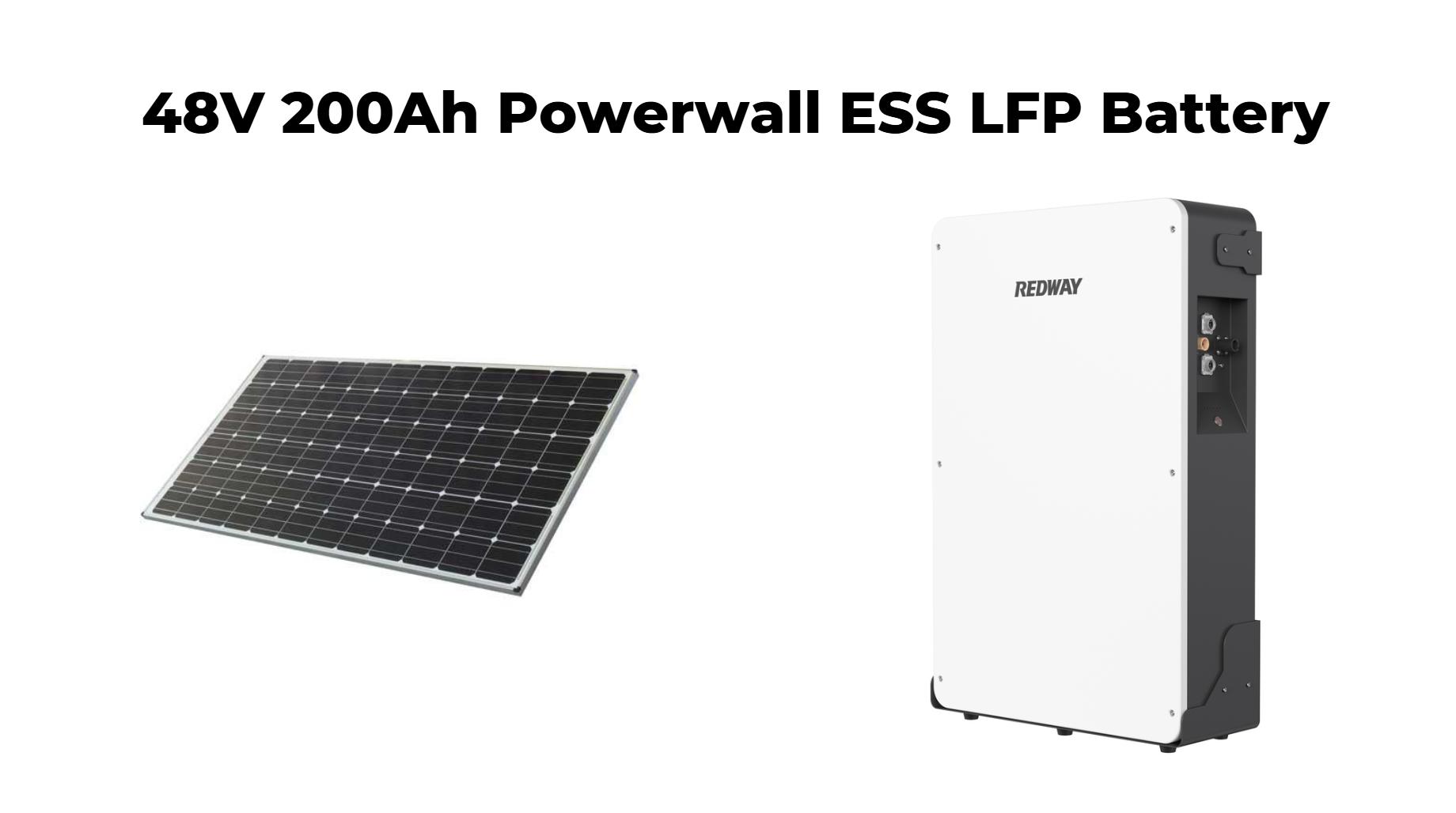For a48V solar system, you typically need two to four panels rated between 250-300 watts each. This configuration ensures adequate power generation for charging batteries effectively throughout the day.
When designing a solar power system for a 48V battery setup, it is crucial to determine the optimal number of solar panels required to ensure efficient operation and optimal performance. In this comprehensive guide, we will delve into the specifics of calculating the number of solar panels needed, how to configure them, and the factors that influence their performance.
Understanding the 48V Solar Power System
A 48V solar power system is typically used for residential, commercial, and off-grid solar applications. This system involves a 48V battery bank and a 48V inverter, which converts the stored DC energy into usable AC power. The efficiency of this system depends significantly on the solar panels’ configuration and the charge controller used.
Determining the Number of Solar Panels
To establish how many solar panels are necessary for a 48V system, we need to consider the following components:
- Solar Panel Voltage and Current Ratings
- Charge Controller Specifications
- Battery Bank Requirements
- Inverter Specifications
1. Solar Panel Voltage and Current Ratings
Solar panels come in various voltage and current ratings. For a 48V system, the typical configuration involves connecting solar panels in series to match the system voltage. Most commonly, a solar panel generates around 18V to 22V under standard test conditions. For a 48V system, connecting at least two solar panels in series is necessary to meet the minimum voltage requirement of the inverter.
If we use solar panels with a nominal voltage of 18V, connecting two panels in series will provide approximately 36V. This is below the required voltage for a 48V system. Hence, we often connect three panels in series to reach a voltage closer to 54V, which is suitable for charging a 48V battery bank.
2. Charge Controller Specifications
The charge controller is a critical component that regulates the voltage and current flowing from the solar panels to the battery. It ensures the battery is charged efficiently without overcharging. The maximum voltage rating of the charge controller should match or exceed the total voltage produced by the solar panel array.
If we use three 18V panels in series, the total voltage would be around 54V, which fits within the operational range of most charge controllers designed for 48V systems. Ensure that the charge controller can handle the maximum input voltage and current from the solar panel array.
3. Battery Bank Requirements
The battery bank in a 48V system is designed to store energy efficiently. The capacity of the battery bank, measured in amp-hours (Ah), determines how much energy can be stored and used. To calculate the number of solar panels required, consider the total energy demand of your system and the charging capacity of the solar array.
For instance, if your system needs to generate 1 kWh (kilowatt-hour) per day, and each solar panel produces 300 watts under peak conditions, you would need approximately four panels to meet this demand, assuming optimal conditions and panel efficiency.
4. Inverter Specifications
The inverter converts the DC power stored in the batteries into AC power for household or commercial use. The inverter must be compatible with the voltage of the battery bank and capable of handling the total wattage produced by the solar panels. When selecting an inverter, ensure it can support the peak wattage generated by your array.
Optimal Panel Configuration
When configuring your solar panels for a 48V system, follow these guidelines:
Series Configuration
- Minimum of Two Panels: For the inverter to operate correctly, at least two panels in series are needed to meet the minimum voltage requirement.
- Three Panels for Better Performance: Connecting three panels in series typically results in a voltage around 54V, which is suitable for most 48V systems and ensures efficient charging.
Parallel Configuration
- Expanding Capacity: If additional power is needed, panels can be connected in parallel to increase the current output while maintaining the same voltage. This setup allows for scaling up the system to meet higher energy demands.
- Balancing Load: Ensure that the charge controller and battery bank can handle the increased current when panels are connected in parallel.
Factors Influencing Performance
Several factors can influence the performance of a solar panel array in a 48V system:
1. Sunlight Exposure
The amount of sunlight exposure directly affects the energy production of your solar panels. Panels should be installed at an angle and orientation that maximizes sun exposure throughout the day.
2. Panel Efficiency
The efficiency of solar panels, which is the ratio of the panel’s power output to its surface area, impacts the number of panels needed. Higher efficiency panels produce more power per square meter, potentially reducing the total number of panels required.
3. Temperature Variations
Temperature affects the performance of solar panels. High temperatures can reduce the efficiency of solar panels, while cold temperatures generally improve performance. Ensure your system design accounts for these variations.
4. System Losses
Energy losses can occur due to wiring, shading, and dust on panels. Regular maintenance and optimal system design help minimize these losses and improve overall performance.
What’s the Safe Number of Solar Panels to Connect to Your System?
Conclusion
In summary, for a 48V solar power system, the ideal configuration typically involves connecting at least two solar panels in series, with three panels in series being a common choice for better performance. Ensure that your charge controller, battery bank, and inverter are compatible with the solar panel configuration to achieve efficient operation and reliable energy production. By understanding and implementing these principles, you can optimize your solar power system to meet your energy needs effectively.



